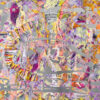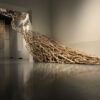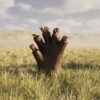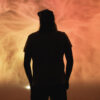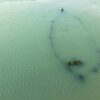Dr Anthony Downey is Professor of Visual Culture (Birmingham City University), where his research and teaching focuses on practice-based research, Artificial Intelligence (AI), computer vision and machine learning, digital methodologies, and post-disciplinary models of knowledge production.
Anthony’s most recent book, ‘Trevor Paglen: Adversarially Evolved Hallucinations’ (Sternberg Press, 2024), outlines the extent to which so-called “hallucinations” reveal systemic biases in Generative Artificial Intelligence (GenAI). Recent and forthcoming publications include ‘Decolonizing Vision: Artificial Intelligence, Algorithmic Anxieties & Aerial Warfare’ (MIT Press, 2026); ‘Creative Endings: Visual Cultures, Generative Artificial Intelligence, and the Return of the Uncanny’ (Routledge Companion to Visual Culture, 2026); ‘AI as Alibi: Algorithmic Models of Automated Death’ (Digital War, 2025); ‘Algorithmic Predictions and Pre-emptive Violence’ (Digital War, 2024) and ‘The Return of the Uncanny: Artificial Intelligence and Estranged Futures’ (Visual Studies, 2024). Anthony is currently co-editing the first Special Journal Collection on AI and Memory for Memory, Mind & Media (Cambridge University Press).
Anthony sits on the editorial boards of Third Text (Routledge), Digital War (Palgrave Macmillan), Memory, Mind & Media (Cambridge University Press) and is the founder and series editor for Research/Practice (Sternberg Press).
